Understanding General Intelligence in AI: History and Applications
The journey of artificial intelligence began with a simple yet ambitious goal: creating machines capable of exhibiting behavior interpreted as human intelligence. This pursuit officially started in 1955 when Dartmouth Professor John McCarthy coined the term “artificial intelligence,” fundamentally changing how we think about machine capabilities and human cognition.[1][2][3][4]
The Birth of AI at Dartmouth
Commemorating the 1956 Dartmouth Summer Research Project that coined the term artificial intelligence and established AI as a research field.
The Dartmouth Summer Research Project on Artificial Intelligence in 1956 marked the formal beginning of AI as a field of study. McCarthy, along with colleagues Marvin Minsky, Nathaniel Rochester, and Claude Shannon, proposed studying intelligence with the bold conjecture that “every aspect of learning or any other feature of intelligence can in principle be so precisely described that a machine can be made to simulate it”. This foundational premise continues to drive AI research nearly seven decades later.[1][2][5][6]
Black-and-white photo of early 1950s computer room with operators working on large-scale machines, illustrating the era of early AI and computing history.
The conference brought together leading researchers to discuss complex topics including language simulation, neural networks, and learning machines. While the actual participants came at different times and for varying durations, their collective vision established the theoretical framework for modern artificial intelligence.[1][5]
Defining Intelligence: The Core Challenge
Timeline of AI evolution highlighting key milestones from 1950 to 2021.
One of the most persistent challenges in AI is defining what constitutes intelligence itself. AI systems are characterized as exhibiting behavior that appears intelligent to human observers, but this circular definition highlights a fundamental problem: human intelligence encompasses various forms and manifestations that are difficult to quantify or replicate.[7][8]
The complexity of human intelligence includes reasoning, perception, creativity, emotional intelligence, and social intelligence. Unlike AI systems that excel in specific domains, human intelligence demonstrates remarkable versatility across multiple cognitive tasks simultaneously.[7]
AI’s Pattern Recognition Strengths
A human player competing against a computer in a chess match demonstrating AI’s strategic capabilities.
Modern AI systems excel particularly in environments with well-defined rules and clear patterns. Games have served as excellent testing grounds for AI capabilities because they provide structured environments with measurable outcomes. Chess, Go, and Jeopardy represent prime examples where AI has demonstrated superhuman performance through sophisticated pattern matching and strategic analysis.[9][10][11]
Google’s AlphaGo achieved a historic milestone by defeating world Go champion Lee Sedol in 2016. The AI system used neural networks trained through both human gameplay analysis and self-play, developing strategies that even surprised human experts. This success demonstrated AI’s ability to recognize complex patterns and develop novel approaches within rule-based systems.[10][12][9]
Organizational Applications: Where AI Thrives
A humorous flowchart demonstrating how to follow arrows and read decision diagrams.
In organizational settings, AI proves most effective in environments that mirror game-like characteristics: clear rules, defined objectives, and abundant data for pattern recognition. Google’s search algorithms exemplify this application perfectly. The company’s Neural Matching algorithm uses advanced machine learning to understand the semantic relationships between search queries and web content, going beyond simple keyword matching to comprehend user intent.[13][14][15][16]
Neural Matching represents a sophisticated evolution in search technology, analyzing entire queries and web pages rather than individual keywords to understand underlying concepts. This allows the system to deliver relevant results even when there isn’t direct keyword correspondence between searches and content.[15][16]
Rule-Based Systems: AI’s Foundation
Visual progression from unordered big data to structured analytics and informed decisions through organized colored squares.
Many AI applications rely on rule-based systems that operate through predefined logical conditions and “if-then” statements. These systems excel in domains requiring consistency, transparency, and predictable decision-making processes.[17][18][19]
Rule-based AI finds extensive application across industries:
Finance: Credit scoring, fraud detection, and risk assessment based on predetermined criteria[18][20]
Healthcare: Medical diagnosis systems that analyze symptoms against established medical knowledge[20][18]
Business Operations: Automated customer service, inventory management, and workflow optimization[19][18]
Industrial Control: Manufacturing process control and quality assurance systems[19][20]
The strength of rule-based systems lies in their ability to make consistent decisions at scale, eliminating human bias and variability in repetitive tasks. However, they remain limited by their inability to learn from new data or adapt to unforeseen circumstances without explicit programming updates.[18][19]
The Continuing Evolution
Today’s AI represents a sophisticated evolution from those early Dartmouth discussions. While we have achieved remarkable success in narrow, well-defined domains, the original vision of general artificial intelligence remains an ongoing challenge. Current AI systems excel at specific tasks through advanced pattern recognition and rule-based processing, but they operate within the constraints of their programming and training data.
The field continues to evolve, with modern applications spanning from autonomous vehicles to natural language processing, each building upon the foundational concepts established by McCarthy and his colleagues in 1956. Understanding these historical roots and current capabilities provides crucial context for appreciating both AI’s remarkable achievements and its inherent limitations.[21][22]
As AI technology advances, the core insight from the Dartmouth conference remains relevant: artificial intelligence succeeds most effectively in structured environments where human-like behavior can be precisely described and systematically implemented through computational processes.
<div style=”text-align: center”>⁂</div>
1. https://www.livinginternet.com/i/ii_ai.htm
3. https://datascientest.com/en/all-about-john-mccarthy
4. https://home.dartmouth.edu/about/artificial-intelligence-ai-coined-dartmouth
5. https://en.wikipedia.org/wiki/Dartmouth_workshop
6. http://jmc.stanford.edu/articles/dartmouth/dartmouth.pdf
7. https://online.maryville.edu/blog/ai-vs-human-intelligence/
10. https://www.businessinsider.com/why-google-ai-game-go-is-harder-than-chess-2016-3
11. https://www.appliedaicourse.com/blog/game-playing-in-artificial-intelligence/
12. https://en.wikipedia.org/wiki/AlphaGo_versus_Lee_Sedol
13. https://lutforpro.com/neural-matching-algorithm-for-seo/
15. https://www.linkedin.com/pulse/neural-matching-googles-algorithm-strategic-guide-kevin-maguire-mkege
16. https://blog.google/products/search/how-ai-powers-great-search-results/
17. https://telnyx.com/learn-ai/rule-based-ai
18. https://www.nected.ai/blog/rules-based-systems
19. https://deepai.org/machine-learning-glossary-and-terms/rule-based-system
20. https://www.geeksforgeeks.org/artificial-intelligence/rule-based-system-in-ai/
21. https://en.wikipedia.org/wiki/Artificial_intelligence
22. https://www.ibm.com/think/topics/artificial-intelligence
23. https://cloud.google.com/learn/what-is-artificial-intelligence
24. https://www.scientificamerican.com/article/how-the-computer-beat-the-go-master/
25. https://www.coursera.org/articles/what-is-artificial-intelligence
26. https://en.wikipedia.org/wiki/AlphaGo
27. https://deepmind.google/research/projects/alphago/
28. https://www.historyofinformation.com/detail.php?id=734
29. https://www.britannica.com/technology/artificial-intelligence
30. https://www.apptunix.com/blog/ai-in-gaming/
31. https://www.atlantis-press.com/article/126003415.pdf
32. https://ai.engineering.columbia.edu/ai-applications/ai-video-games/
33. https://developers.google.com/search/blog/2023/02/google-search-and-ai-content
34. https://www.geeksforgeeks.org/artificial-intelligence/game-playing-in-artificial-intelligence/
35. https://promptengineering.org/the-evolution-of-ai-from-rule-based-systems-to-generative-models/
36. https://www.insightflowanalytics.com/ai-search-google-algorithims/
39. https://cloud.google.com/discover/what-is-semantic-search
40. https://en.wikipedia.org/wiki/Artificial_intelligence_in_video_games

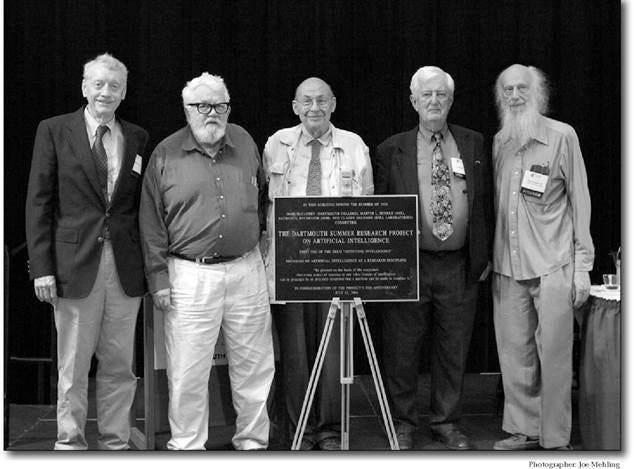
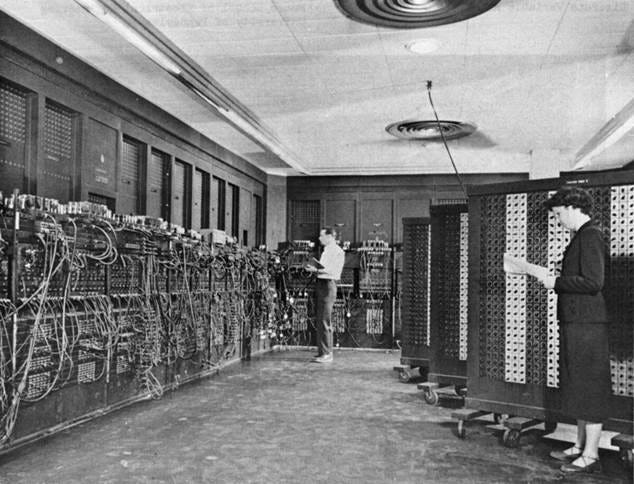

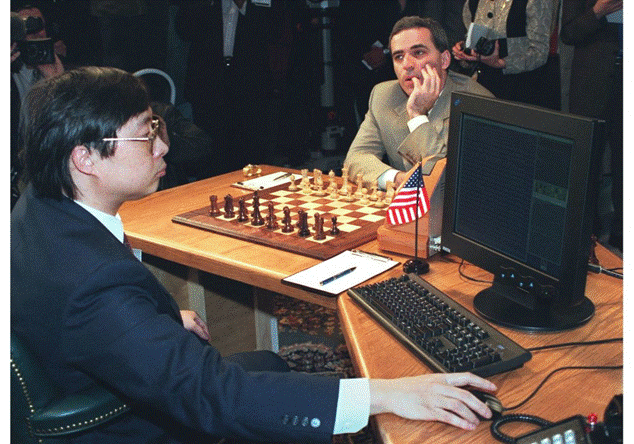
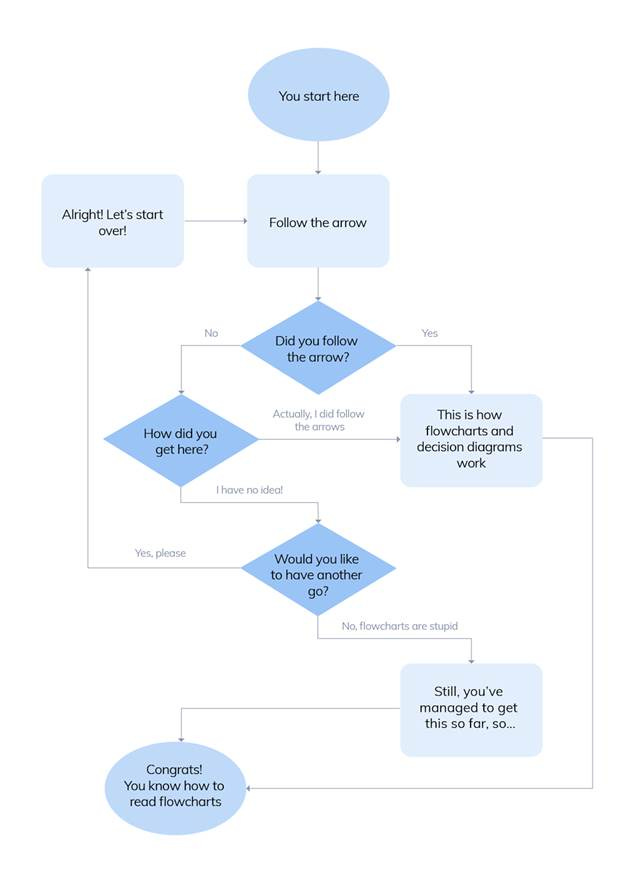
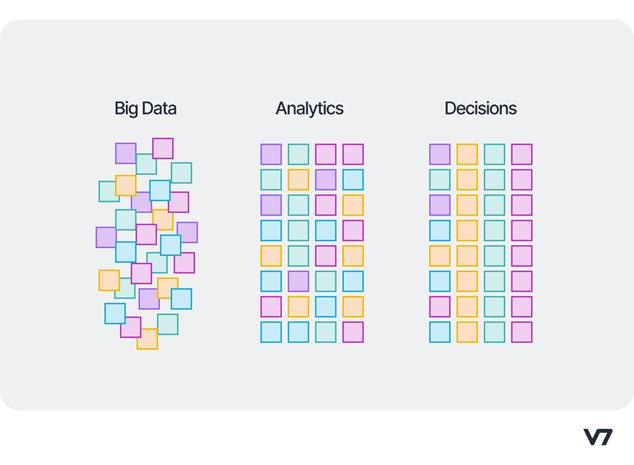
Comments
Post a Comment